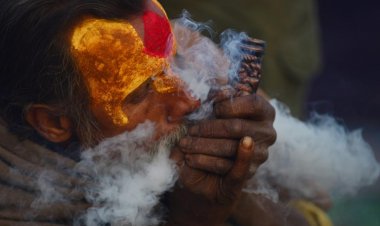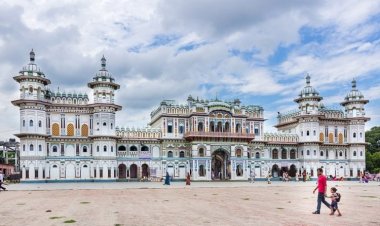Festivals in Nepal - A Guide to the Culture, Traditions, and Celebrations of this Fascinating Country
Discover the festivals in Nepal and learn about the culture, traditions, and celebrations of this fascinating country. Get an in-depth look at the events that make Nepal a popular tourist destination.
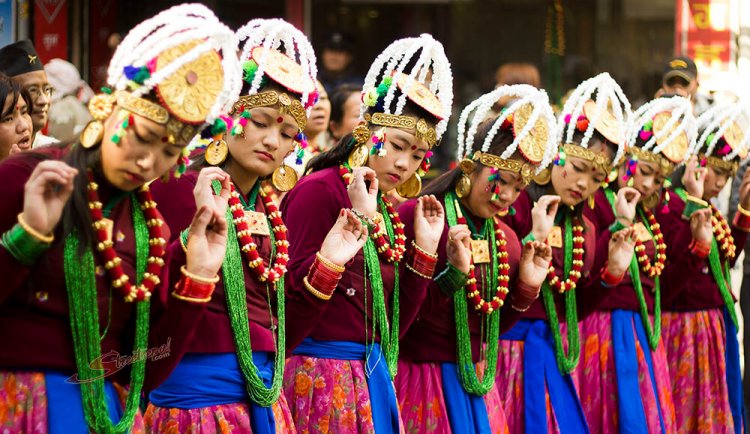
Nepal is reputed as a land of festivals. Nepal is rich in cultural diversity; it has many cultures and religions. It is said that Nepal is a beautiful garden of different kinds of flowers. Since different flowers bring different kinds of beauty, in the same way, different castes of religion bring the most beautiful culture to Nepal. From east to west, people live in Nepal's Himalayan, Terai, and hilly regions. And each region celebrates different kinds of festivals according to their religion.
Some major festivals of Nepal:
Dashain:
Dashain is Nepal's biggest and longest festival. Usually, Dashain is celebrated in September or October. Since Goddess Durga battled with the demon for ten days and killed Mahisasur, Dashain is the festival of a win over evil. Dashain lasts for 15 days, beginning with Sukla Paksha (Bright Lunar Fortnight) and ending with Purnima (Full Moon). Among the fifteen days, the most important days are the first, seventh, eighth, ninth, and tenth days. The first day is Ghatasthapana, where the actual Dashain begins. The most important thing that is done on this day is that people sow Jamara (Sacred yellow grass). The seventh day is Fulpati, which means flower leaves. It is generally held on Tudhikhel, which is observed by the President, and also on Hanuman Dhoka. The eight-day is Maha Aastami On this day Durga and Kali are worshipped by devotees. As a symbol of fertility, the devotees offered blood to the Goddess. The ninth day is known as Maha Navami, the day before Vijaya Dashami. On this day, all machinery such as buses, cars, bikes, and cycles, as well as household items such as knives, axes, and Khukuri, are worshiped. The tenth day is Vijaya Dashami, which is the most auspicious day of the Dashain festival in Nepal. On this day, people usually travel to their relatives' houses to put on tika and get blessings from their elderly.
The main beauty of this festival is happiness, as you get to meet your loved ones. Children's craze to buy new clothes, visit their relatives' houses, kite flying, and village swings are the highlights of Dashain.
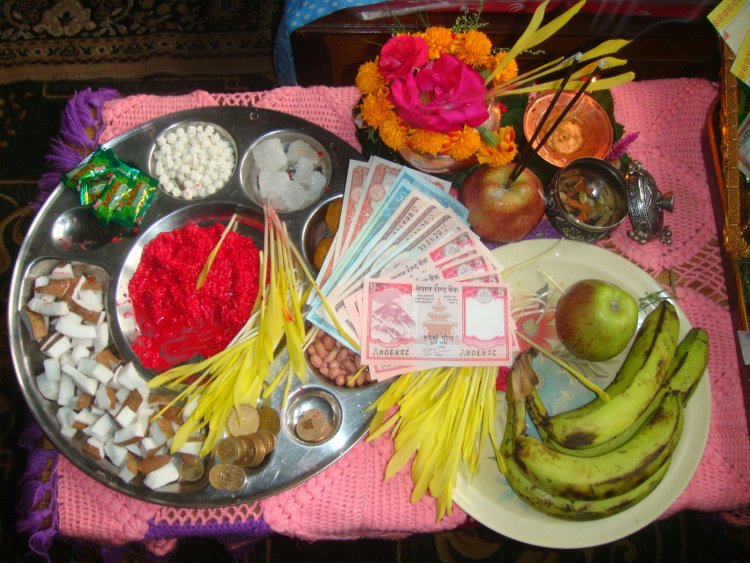
Tihar:
Tihar is the second biggest festival in Nepal, which is also known as Deepawali, or the festival of lights. Tihar continues for five days. The first day is Kaag Tihar(Crow Day). On this day, people worship crows by offering rice and other foods. Crows are known as death messengers, so it is important to ensure that the crows are happy; otherwise, they will carry the bad news, and bad things will happen in the coming year. The second day is Kukur Tihar (Dog Day) when people honor dogs by decorating them with tika and calendula garlands and then treating them to a fancy dinner. Dogs are known as "the gatekeepers of death". On this day are Gai Tihar and Laxmi Puja (honoring cows and the goddess of wealth). On this day, people often worship cows and Laxmi (the goddess of wealth). At night, dazzling candles, oil lamps, and bright lights are lit up at the doors and even on the steps. On this day, Nepalese people try to make their houses as attractive as possible to attract Laximi's attention. And the entertaining part of this day is that kids in their small groups go to their neighbors' houses and sing Tihar songs like Bhailo and Deusi. In return, the house owner gives them money, fruit, and sweets. The fourth day is Goru Puja, Govardhan Puja, and Maha Puja, also celebrated as Newari's New Year. On this day, the ox is worshipped. Since the ox is an indispensable helper for the farmer, people perform Goru Puja for the ox. This day is also seen as the New Year for the Newar community in the Kathmandu valley. To worship themselves, all the Newarians will reunite for this festival and perform Mha Puja. The fifth and last day is the main day of Tihar, i.e., Bhai Tika. This is also the last day of Tihar. On this day, brothers and sisters will gather together and place multi-colored Tika on their foreheads. Every sister prays for a long and prosperous life for her brothers to the gods and goddesses. This celebration has built up a close relationship between brothers and sisters.
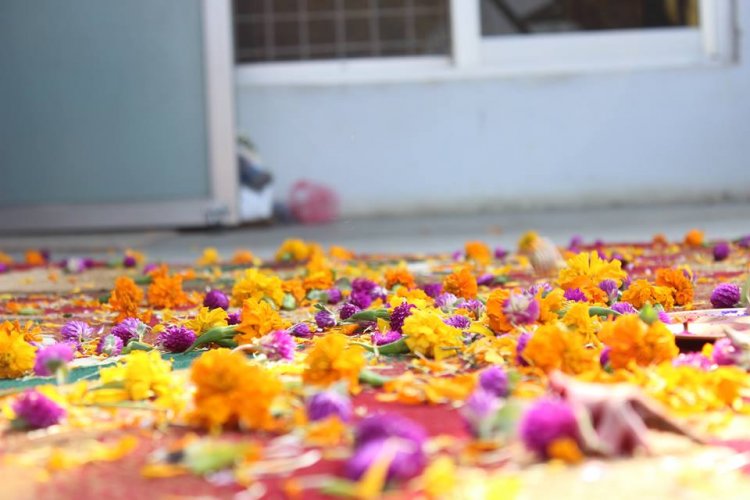
Teej :
Haritalika Teej, also known as Teej, is a great festival of Nepalese womanhood. Generally, Teej lasts for three days. On the first day, nothing special happens during the day, but at night, women make a hearty meal and prepare tasty sweets (dharr). Many girls and women gather together with food and drinks, and they sing and dance. Those celebrations continue till midnight. The second day is the day of fasting and praying to Lord Shiva. On this day, women bathe, dress in saris and jewelry, and then visit Lord Shiva's temples nearby to offer flowers and fruits to Lord Shiva. Married women make a wish for the health of their husbands and families. The unmarried girls follow Teej rituals to pray for a good husband. The most popular place to worship Lord Shiva during the Teej festival is the Pashupatinath temple. On this day, women can neither eat anything nor drink a drop of water. The third day is Rishi Panchami. On this day, women bathe in red mud found on the roots of the sacred datiwan bush, along with its leaves. It is believed that this symbolic bath will absolve them of all sins.
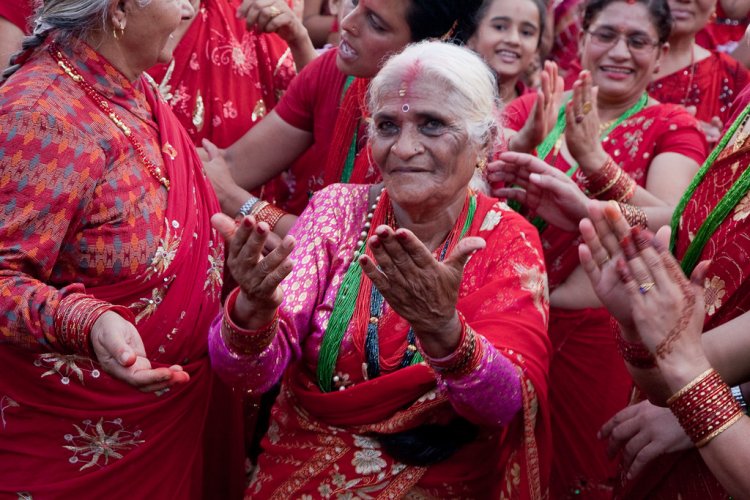
Maha Shivaratri:
Shivaratri is one of the biggest festivals of the Hindu religion, which is mostly held in March. It is known as the birthday of Lord Shiva. On this day, both men and women fast in order to impress Lord Shiva. It is especially celebrated at the Pashupatinath temple. Married women in Nepal pray for the well-being of their husbands. And unmarried ones offer their worship to find a husband like Lord Shiva, who is considered the ideal husband. The Rudra Abhishek and milking of the Shiva statue are done by devotees. According to one legend, this is the night of the convergence of Shiva and Shakti. It represents the significance of masculine and feminine energies to balance the world.
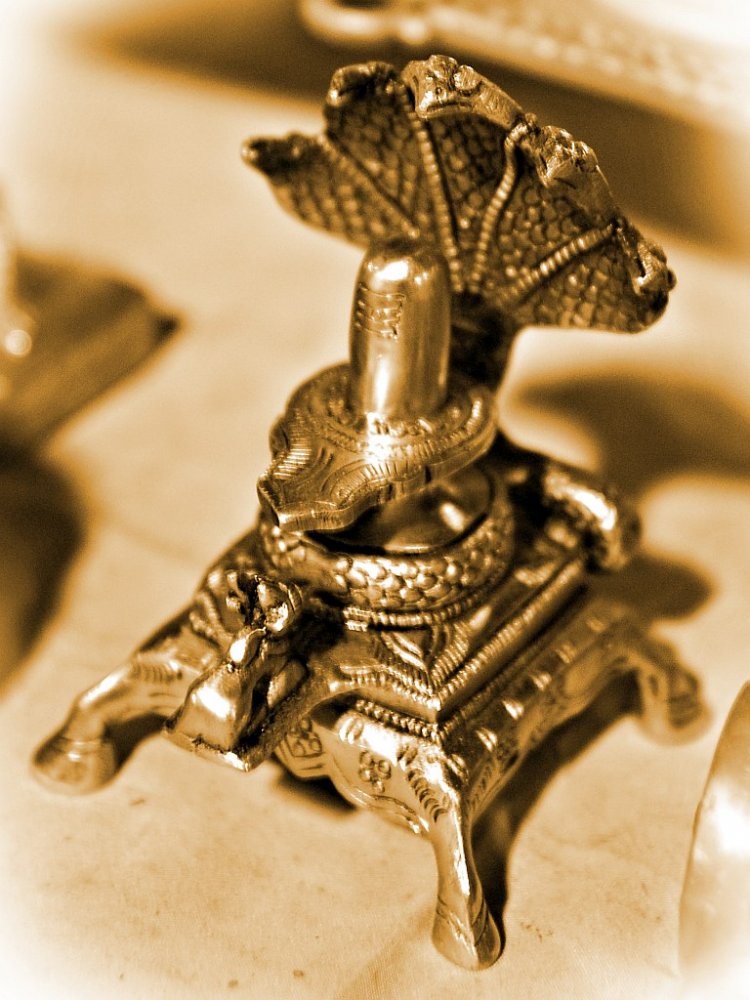
Holi:
Holi(Fagu Purnima) is the festival known as the colorful festival. It celebrates the death of the devil Holika. On this day, children, as well as adults and people of all age groups, enjoy playing with water and colors. In the Terai region, people celebrate it the next day when the people of the Kathmandu valley celebrate it. During Holi, children are more excited to play with their family, friends, and senior citizens.
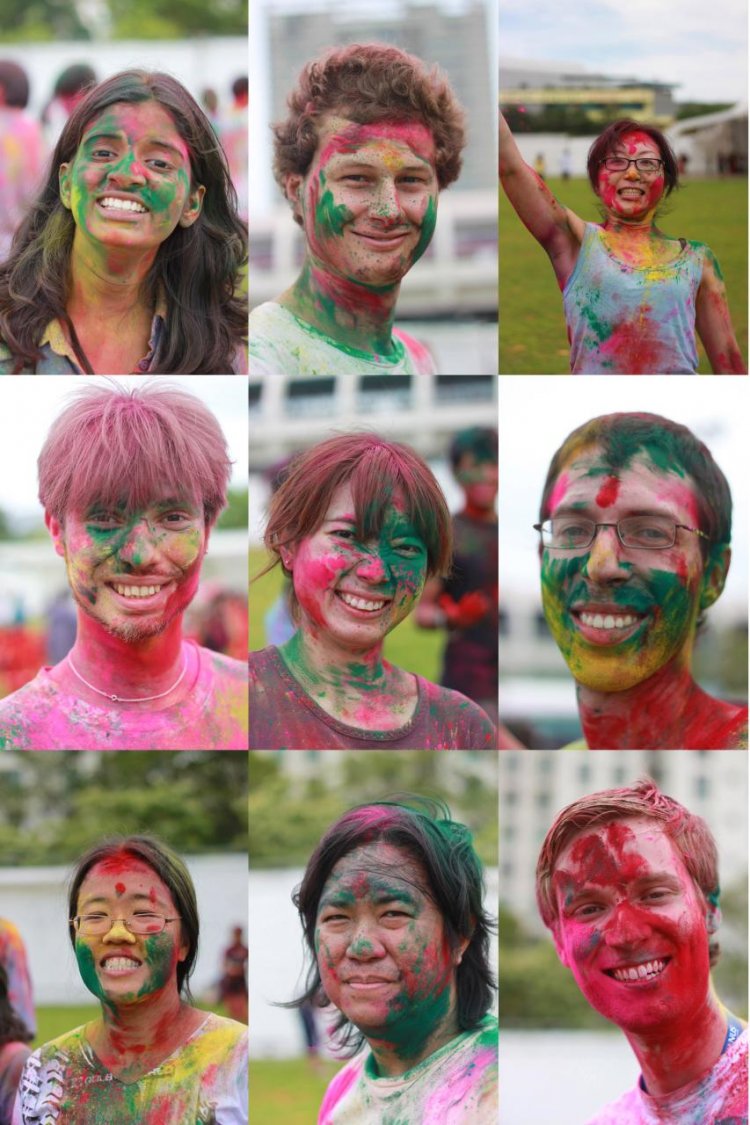
Many more festivals are celebrated in Nepal. Some of them are mentioned below.
· Loshar
· Buddha Jayenti
· Mani Rimdu
· Maghe Sankranti
· Janai Purnima
· Gai Jatra
· Bisket Jatra
· Indra Jatra
· Chatt Puja
· Basanta Panchami, and so on.
What's Your Reaction?


























































































